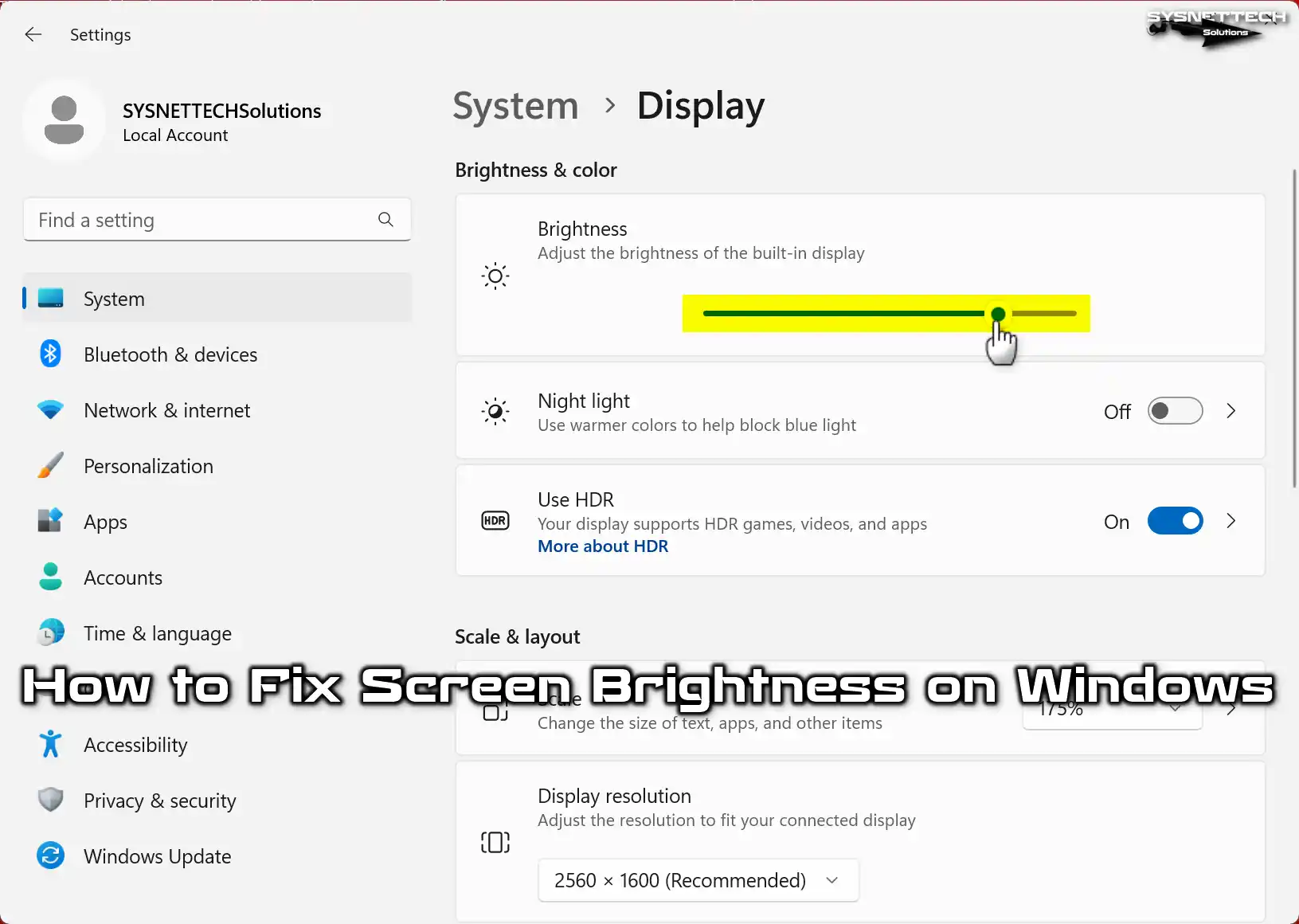IMAP and IMAP4 are network protocols used to access electronic emails stored on servers. So, using IMAP, you can easily access emails from any computer with an Internet connection.

What is IMAP and IMAP4?
IMAP, defined in RFC 3501, has several advantages over POP, the other widely used protocol for retrieving mail from a server. For example, in IMAP, it is possible to create server-side folders on demand.
IMAP is considered to be more complex than POP as it allows you to view messages but does not allow downloading the way POP does.
It was developed by Stanford University in 1986. By default, TCP uses port 143. It uses a TCP 993 port for a more secure connection. IMAP4 is the latest version of the enhanced IMAP standard.
Emails downloaded by a client using the POP3 protocol are also deleted from the server when they are deleted in the mailbox. However, when emails downloaded with IMAP4 are deleted from the mailbox, they are not deleted from the mail server. Therefore, the server needs a high storage space.
It is generally recommended for small businesses because emails are backed up at a central point. Its working logic is this: If a user deletes an email from a mail server, it is stored on the mail server so that the user can access that message from any device on which they log.
In a structure using IMAP, received emails are backed up and synchronized only on the mail server. As a result, a user can see these emails when accessing their mailbox from other devices.
This protocol offers many advantages over POP3, and as a result, email control is better achieved.
IMAP & IMAP4 Features
IMAP and POP3 are two excellent standards that are most widely used for receiving emails. All email servers and clients generally support these two standards, but in some cases, the protocol structure and user interfaces may differ, typically depending on the registered manufacturer.
An example of this user interface variation might be custom protocols used between the Microsoft Outlook client and IBM’s Lotus Notes client.
Although the manufacturer specifies specific standards, this client software also supports IMAP and POP3 to work with other clients and servers.
One of the first releases of IMAP, IMAP version 4 revision 1 (IMAP4rev1), was defined by RFC 3501. It was developed in 1986 by Mark Crispin as a modern alternative to POP.
The purpose of both these protocols is to allow mail clients to access messages stored on a mail server.
POP3 or IMAP4 is used to receive messages, but SMTP is used when clients send a message.
Email clients are also called POP or IMAP clients, but SMTP is used in both cases.
Most mail clients use LDAP for directory services. IMAP is often used in large networks, i.e., a campus email system. Thus, as the messages sent are stored on the network, new messages are instantly accessed on users’ computers.
With POP3, users need to download the email they receive to their computer and access it, but it takes longer than IMAP access, and you have to download the relevant message or refresh the page to see new messages.
In addition, IMAP4 allows the use of native encryption mechanisms, it also supports plain text password transmission.
Let’s briefly explain its features;
- A user can create, delete, and rename customized mailboxes on the mail server.
- A user can check the Post header before downloading an email.
- A user can change email properties. For example, email messaging, markup, etc.
- A user can partially download the email content. For example, if the email contains multimedia items, the email may have been partially downloaded due to a bandwidth issue.
- The user can create an e-mailbox hierarchy in the mailbox.
Advantages
Essential features that distinguish IMAP and POP3 are as follows;
POP3 connects to the mail server for a short time as long as clients only need to download new messages. In IMAP, clients stay connected as long as their interfaces are open and download messages upon request.
The main advantage of IMAP is that it provides faster response times for users with many messages or large messages.
POP3 assumes the client is the sole owner of an email account and does not allow login from another location. IMAP4 allows simultaneous access to multiple clients and includes specific mechanisms for clients to detect changes made to a mailbox by another simultaneously connected client.
Almost all emails on the Internet are transmitted in MIME format. IMAP4 has a more secure transmission process by allowing clients to receive individual pieces of MIME as well as portions of particular pieces or entire messages.
Using the signals defined in the clients’ IMAP4 config, the status of the messages is monitored instantly.
These signals are stored on the server so that several clients connecting to identical mail at different times can detect changes made by other clients.
IMAP4 clients can create, rename, or delete mail from the server and quickly move messages between mail accounts.
Multiple mailbox support also allows the server to gain access to public and shared directories. It provides a mechanism for clients to search for messages from the server based on various criteria.
This mechanism prevents clients from downloading all messages in their mailboxes, speeding up message search times.
Difference Between IMAP4 and POP3
You can compare the difference between IMAP4 and POP3 in the table below.
Conclusion
A user uses the SMTP protocol when sending an email. SMTP also establishes a connection between the two servers. However, when the user wants to receive email from the email server, it uses IMAP4 and POP3.
With the widespread use of mobile devices, POP3 has become a more preferred method. Thanks for following us!



